
Spotlight on child trafficking with Winrock International’s Olga DiPretoro
Olga DiPretoro, technical adviser with Winrock International’s Human Rights, Education & Empowerment group, recently spoke at the 25th Conference of the Alliance against Trafficking in Persons in Vienna, Austria. Hosted by the OSCE’s Office of the Special Representative and Coordinator for Combating Trafficking in Human Beings, this year’s event focused on the rapidly evolving threats to children − particularly the role of digital technologies and the urgent need for cross-sector solutions.
With over 20 years of experience in human rights and social development, DiPretoro has led global programs addressing forced labor, child trafficking, gender-based violence and justice reform. At Winrock, she oversees initiatives that engage governments, communities, and the private sector to protect vulnerable populations and prevent exploitation. We sat down with her to discuss key takeaways from the OSCE conference − and how Winrock is working to combat child trafficking in this evolving landscape.
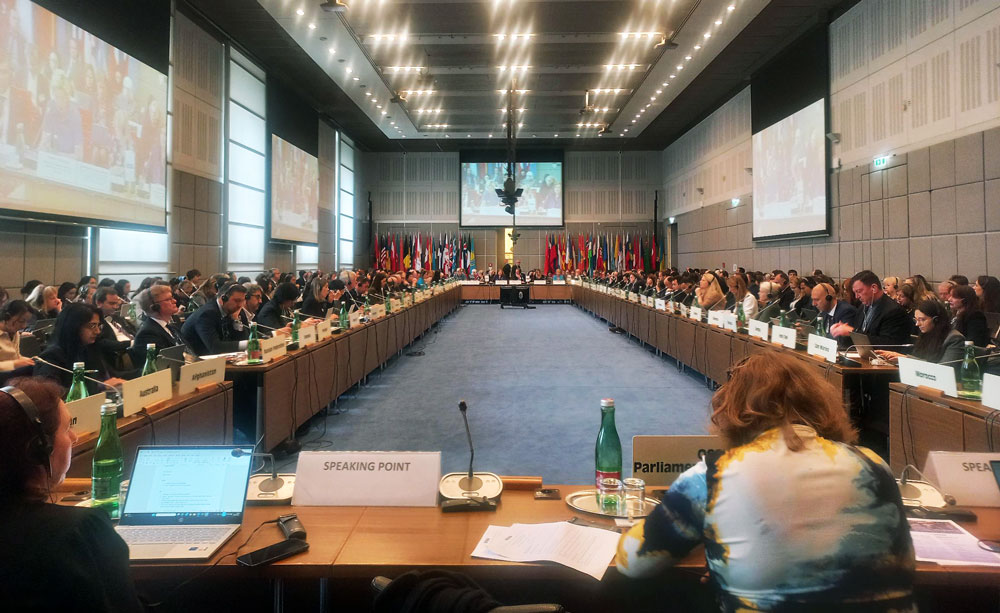
What stood out to you most at the OSCE Alliance conference?
Olga: The voices of survivors and researchers were incredibly powerful − and deeply unsettling. One of the strongest themes was how children remain the most vulnerable, and especially migrant children, children in conflict zones, those with disabilities and those in displacement.
We also heard about the alarming rise in children being recruited into organized crime, particularly the drug trade. In some regions, 1 in 10 arrests for drug-related offenses involve a child. Traffickers exploit them as mules, extractors from shipping containers, and use them to grow, store and distribute drugs. These children are controlled through manipulation, coercion and drug dependence. Yet, instead of being recognized as trafficking victims, many are criminalized. They are arrested, detained or deported without deeper investigation.
Another major concern is the explosion of child sexual abuse materials online since the COVID-19 pandemic. Younger and younger children are being groomed and manipulated into generating their own content. And we’re still failing to legally recognize sextortion as a form of trafficking, even though it follows the same patterns of recruitment, control and exploitation for financial or other gain.
How are traffickers using technology and AI in these new forms of exploitation?
Olga: Technology has completely changed the way traffickers operate. AI and translation tools allow perpetrators to groom dozens or even hundreds of children simultaneously, often targeting those as young as 10. AI is also being used to identify socially isolated children − making recruitment faster than ever.
A single headshot is now enough to generate explicit images and start a cycle of blackmail. This is why phones are both a weapon and a tool: Every child online is now at risk. But tech platforms also have the ability to identify grooming patterns before conversations move into encrypted spaces. We need stronger action from social media and messaging companies as well as internet service providers to intervene early.
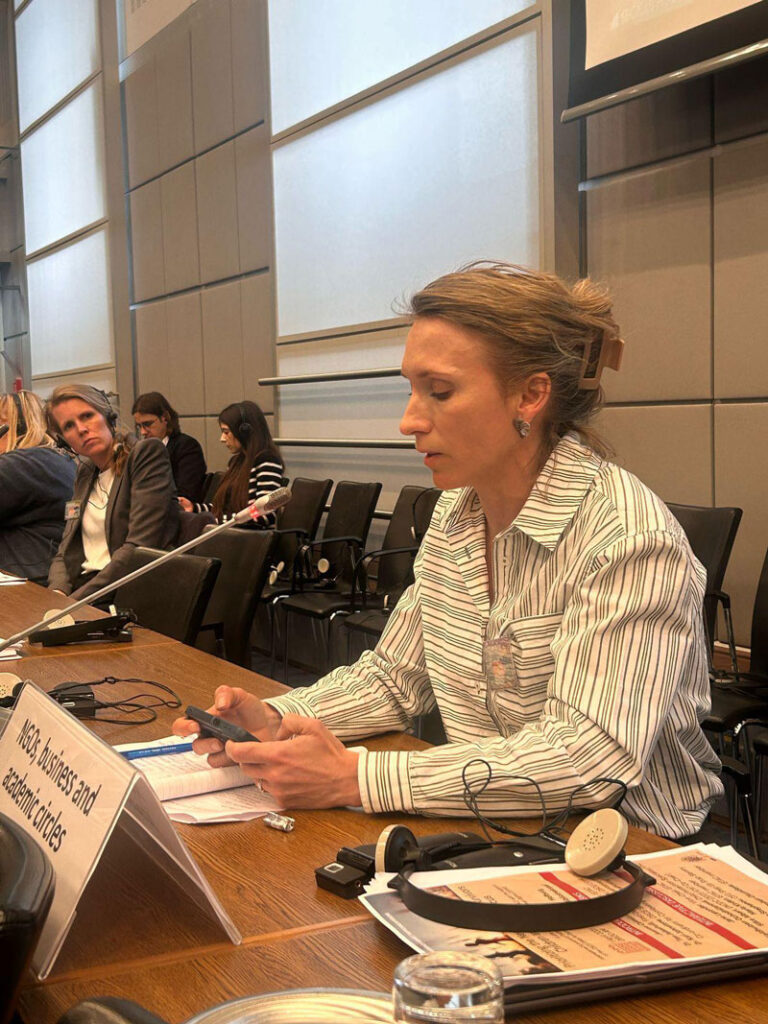
What needs to change in how we protect and support children?
Olga: First, we must see the invisible child − the one who’s isolated, trafficked and traumatized, but overlooked by current systems. For many children, the trauma of going through the justice system is even greater than the trauma of their exploitation because they don’t expect to be treated as criminals.
We need legislation that reflects new forms of trafficking − like sextortion and orphanage trafficking − and ensures that digital evidence is admissible in court. Cross-border collaboration is critical, as most child trafficking actually happens within national borders, despite public focus on international trafficking.
We also need child-centered national referral mechanisms that involve all agencies working with children − including juvenile justice systems, social services, and law enforcement. And we must integrate child advisory councils to ensure young people are directly informing policy and prevention efforts.
Finally, funding gaps must be addressed. Survivor assistance, youth engagement and prevention programs are drastically underfunded. Governments, donors and companies need to step up.
Can you talk about orphanage trafficking and how it’s being enabled?
Olga: Orphanage trafficking is one of the most insidious forms of exploitation today. Many children who are not actually orphans are transferred into institutions that pose as orphanages, where kids are exploited for profit. Western nations unknowingly fuel this system through donations and voluntourism.
The numbers are staggering: Estimates suggest that 5 to 15 million children are currently in orphanages, with most having at least one living parent. This is a 21st-century scam built on good intentions but lacking proper due diligence. To stop it, we need strict vetting of orphanages and charities, transparency in international aid and greater awareness among donors and volunteers.
What are some promising practices you learned about at OSCE for law enforcement collaboration?
Olga: One of the effective models we’ve seen is the Helping Alliances with Law Enforcement to End Trafficking (HALT) initiative. It embeds trained survivor crisis counselors within police departments to ensure that trafficking victims receive immediate support. HALT also promotes:
- A single interview per child, used across agencies, to prevent re-traumatization.
- Remote court testimonies, so children don’t have to face their traffickers in person.
- Collaboration with missing persons databases, to identify trafficked children more effectively.
- Indigenous consultants, to ensure culturally competent interventions.
Approaches like HALT prioritize healing and justice − rather than further harm − for child victims, and we need to scale them.
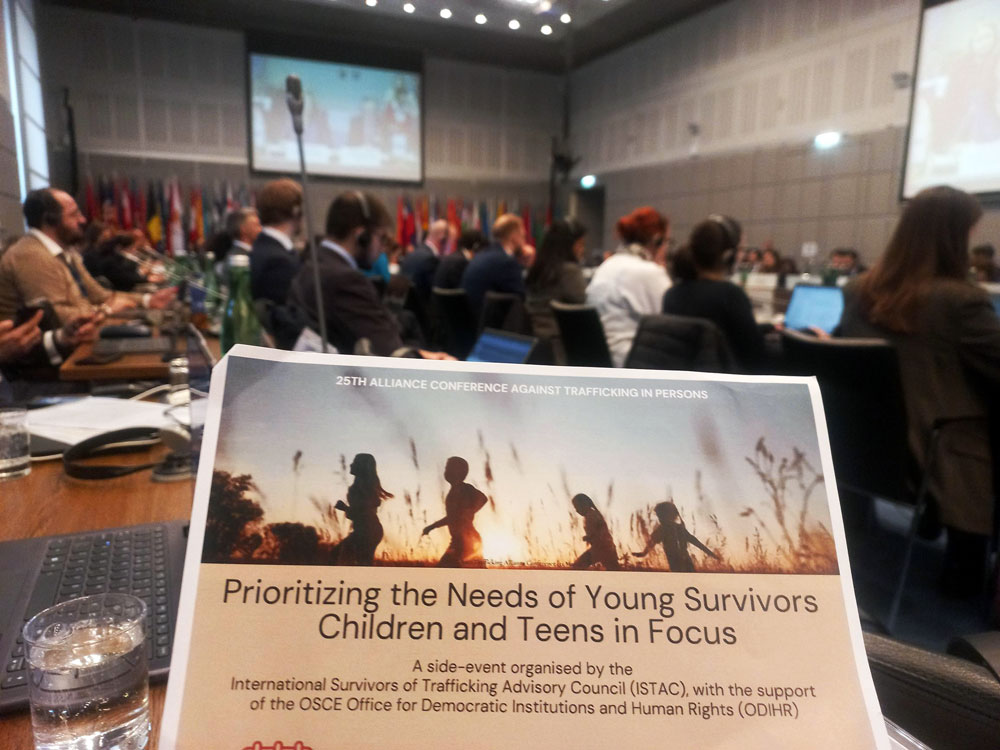
How is Winrock responding to these urgent challenges?
Olga: Winrock has decades of experience working with governments, communities, and the private sector to fight trafficking. Our programs emphasize local leadership and long-term sustainability.
To give just a few examples, in Kazakhstan, our KATCH project is helping to create new protections for children vulnerable to cross-border trafficking. In Bangladesh, our ongoing Ashshash and USAID Fight Slavery and Trafficking in Persons projects tackle forced labor, child marriage, and commercial sexual exploitation.
Winrock is also a leader in addressing child labor. In Ghana, we’re wrapping up a project that reduced child labor in cocoa-growing regions through education and local partnerships. In Jamaica, we supported the government to develop a national referral mechanism for child trafficking, a child trafficking response handbook, and protocols for age-appropriate, child-centered case management. And our former ATLAS project strengthened labor laws and enforcement in Argentina, Liberia, Paraguay and Thailand.
Across all our work, Winrock builds multi-sector partnerships with governments, survivor networks, businesses, grassroots organizations and others to create systemic, long-lasting change.
What’s next for Winrock in this critical body of work?
Olga: This is a moment that demands both urgency and hope. We have the tools, insights, and, increasingly, the survivor leadership we need. What we’re missing is expanded commitment − especially from those with power and resources.
Winrock is ready. We’re looking for bold, new partners and funders who share our vision of a safer, more just world for children, and who can help us grow our partnerships and reach to counter all forms of trafficking in persons.
To learn more about Winrock’ human rights programs and projects, click here.
Related Projects
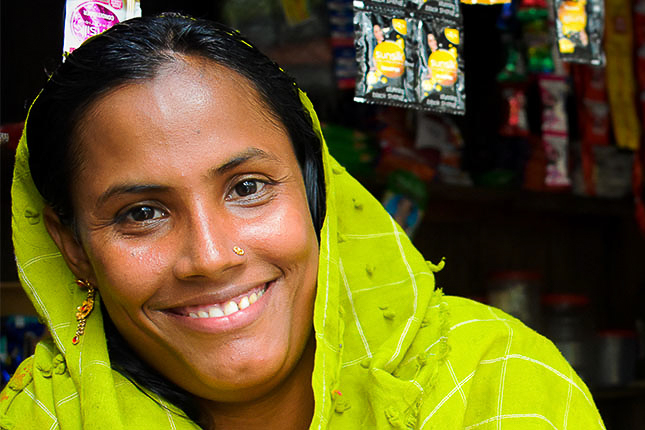
Ashshash Phase II: For Men and Women Who Have Escaped Trafficking
The second phase of Winrock International’s Ashshash project is being implemented in Bangladesh, in collaboration with local partners and governmental agencies. Ashshash is funded by the Embassy of Switzerland in Bangladesh. The project works to ensure the protection of human trafficking survivors through various social and economic support services. And, prevent trafficking across at-risk and […]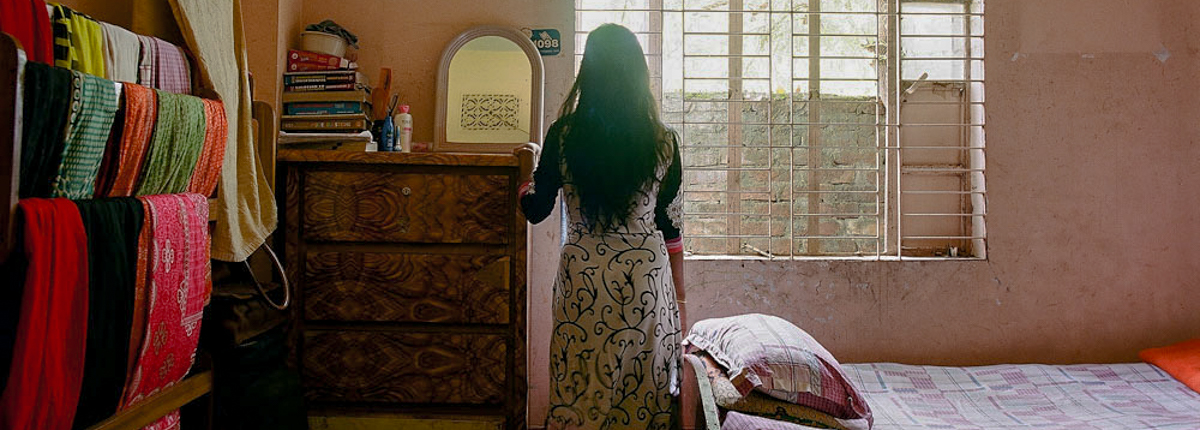
Fight Slavery and Trafficking-in-Persons (FSTIP) Activity
Human trafficking is a major problem in Bangladesh, which is a source, transit, and destination country for men, women and children trafficked into forced labor, commercial sexual exploitation, child marriage and other abusive situations. The COVID-19 pandemic exacerbated vulnerabilities to trafficking, exploitation, and child marriage, as widespread loss of livelihood opportunities and employment, restrictions on […]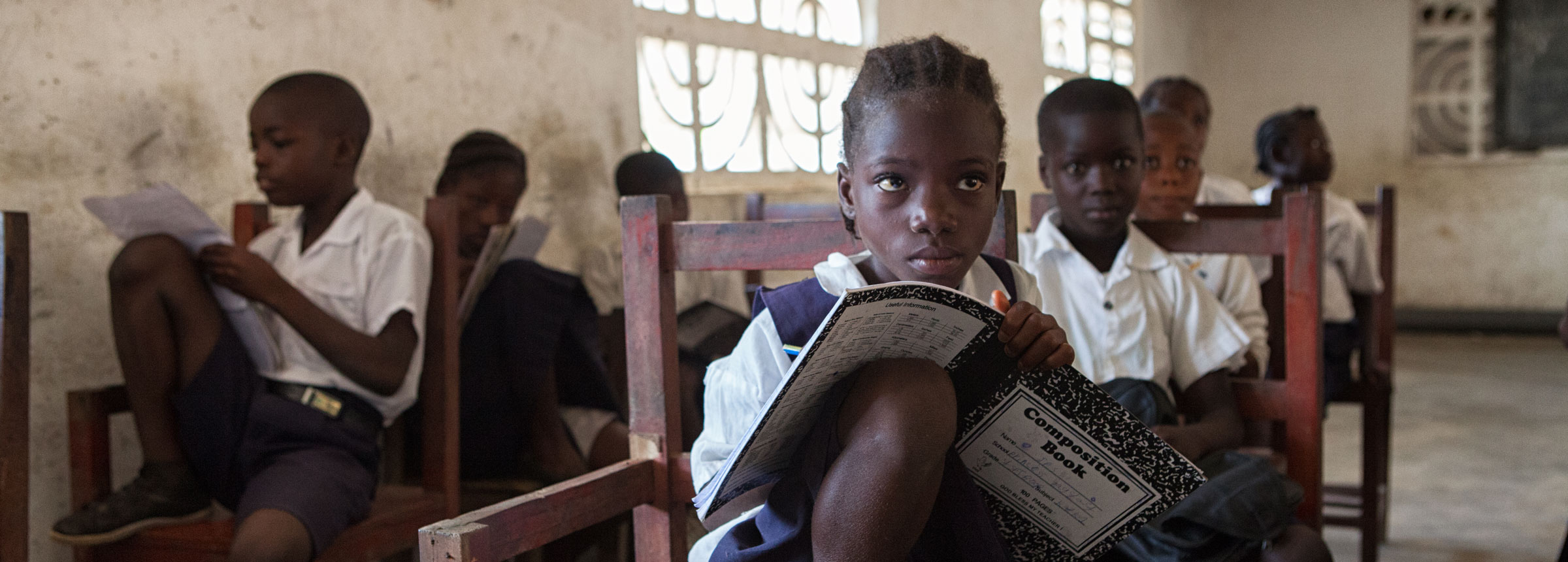
Attaining Lasting Change for Better Enforcement of Labor and Criminal Law to Address Child Labor, Forced Labor and Human Trafficking (ATLAS)
The ATLAS project is a global initiative that has worked in four countries across Latin America, Africa, and Asia to strengthen enforcement of labor and criminal law to address child labor, forced labor and human trafficking. ATLAS works collaboratively with host governments to bolster the legal and criminal frameworks surrounding these issues, improve the enforcement…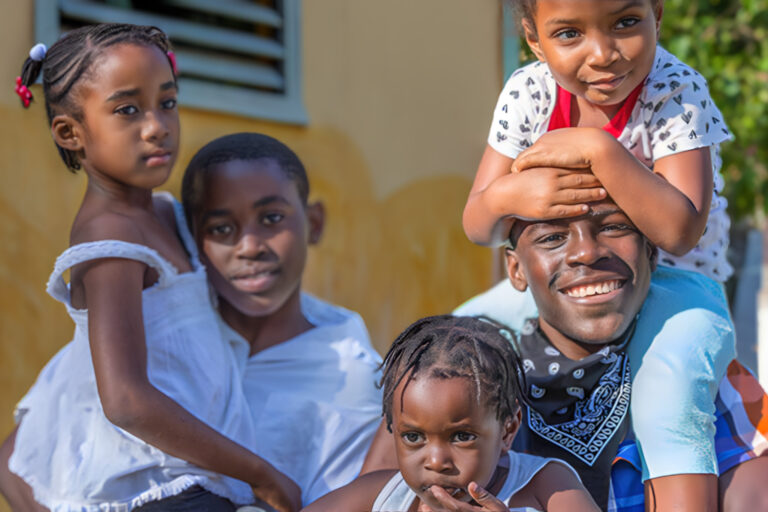
Jamaica Supporting Victims of Violence
In partnership with the Government of Jamaica, USAID has invested significantly in Jamaica’s violence prevention and protection efforts. Through the USAID Supporting Victims of Violence Activity, Winrock International and partners will leverage these investments to intensify multi-stakeholder coordination to provide wrap-around and trauma-informed services to survivors and expand the availability of information on survivors, witnesses […]
